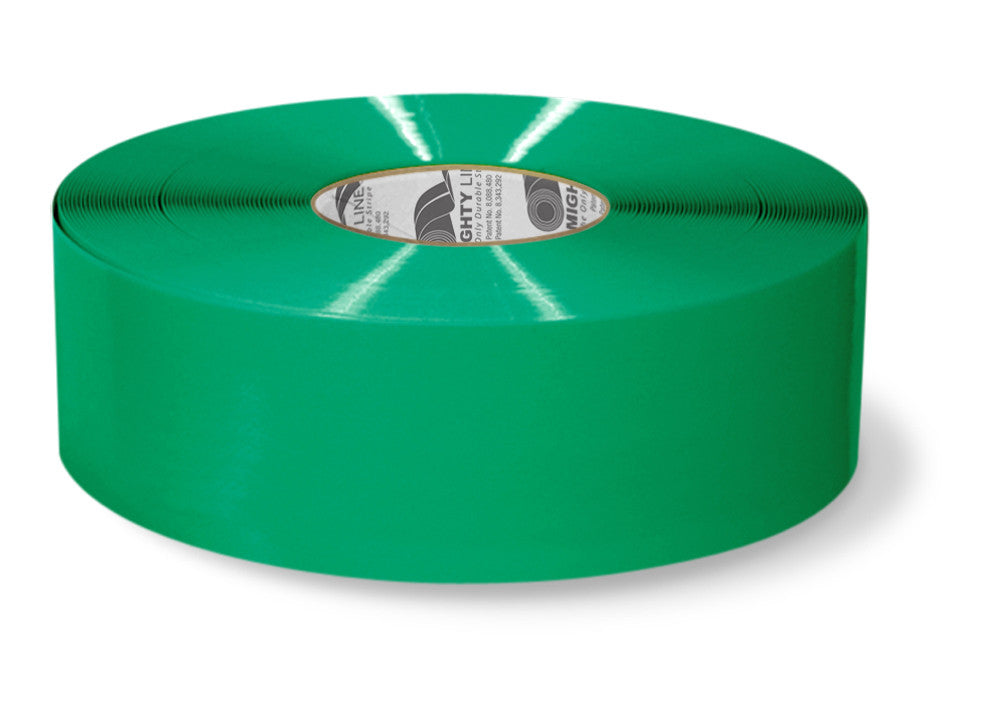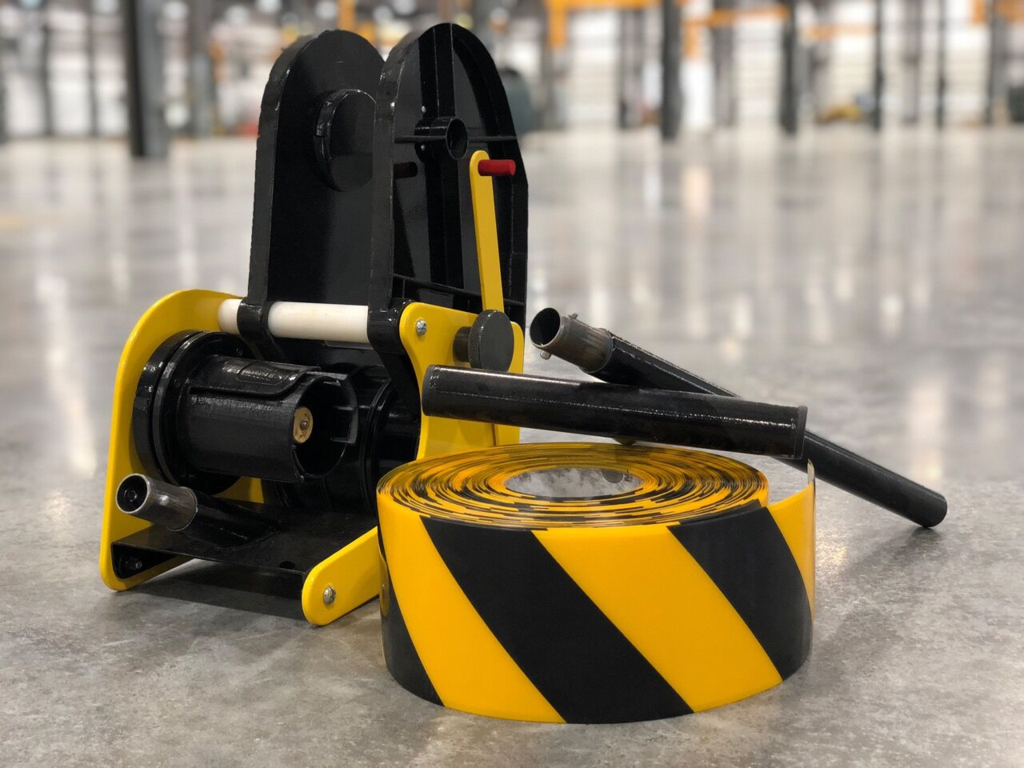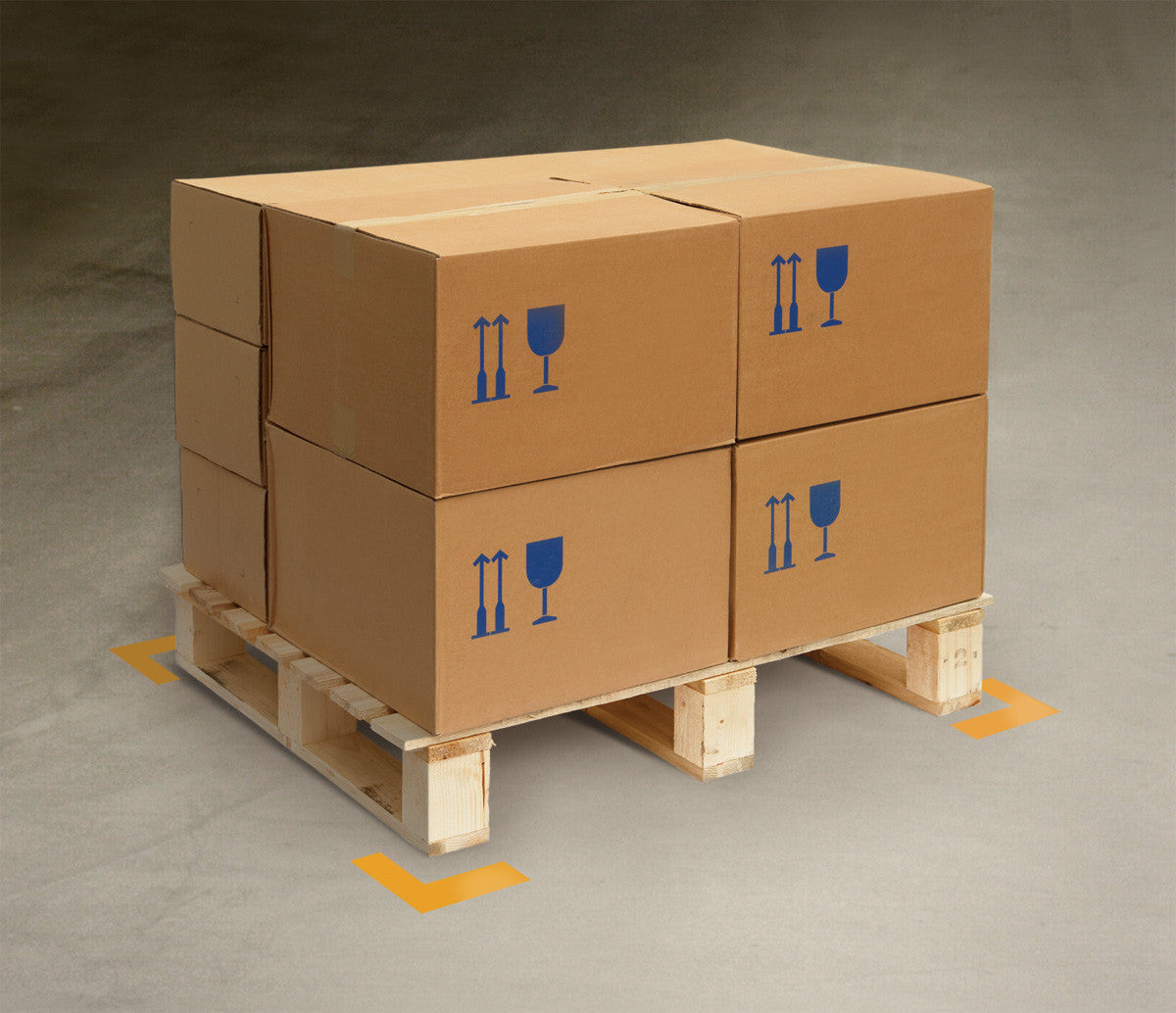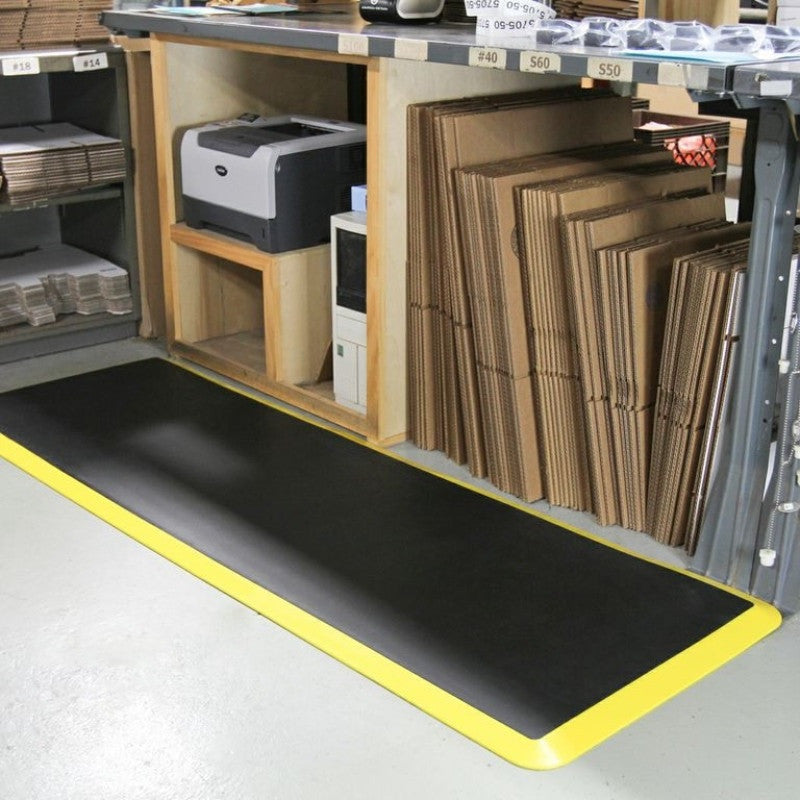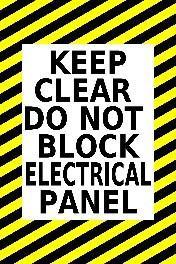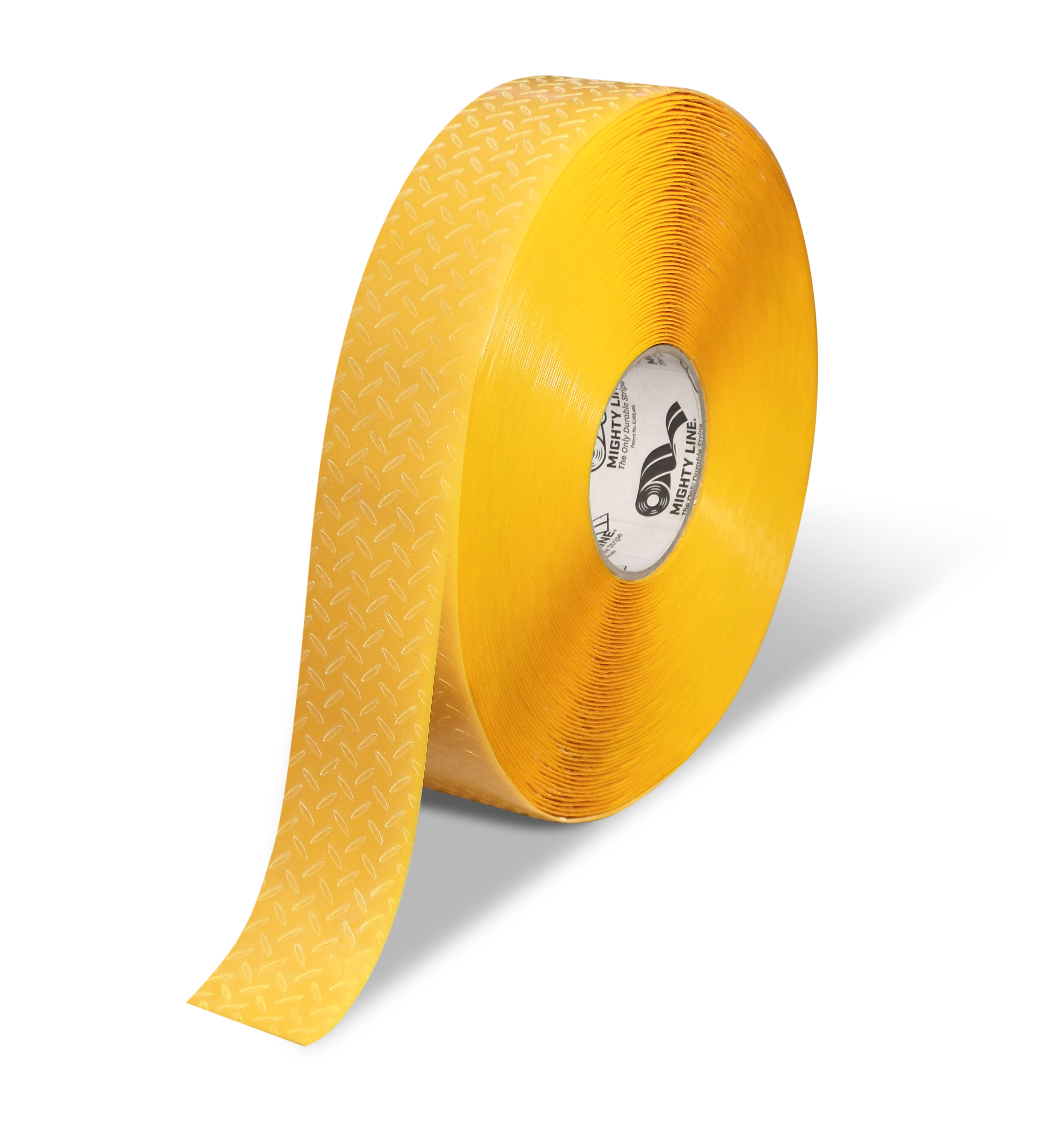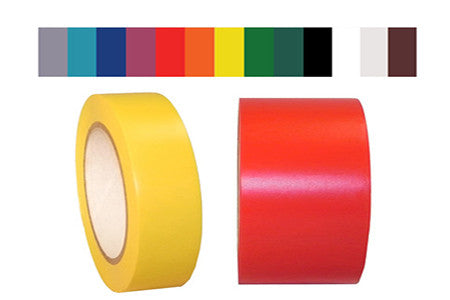What is a value stream?
By definition, a value stream is comprised of all of the steps required to take a product from raw material all the way to the customer. There are a few ways you can look at your value stream; the most well known value stream is the “call to cash” stream, which measures from the call you receive from your customer to order your product or service to the cash received at the end of the process when the transaction is complete. What is value stream mapping?
What is value stream mapping?
A value stream map is a visual tool used to document activities from start to finish. This is usually a large visual aide placed close to production, so you and your team can see what is working and what isn't in the grand scheme of things. The value stream map is a dynamic document that will be continuously added to and updated; it is not something that is ever really “done.”
Why is value stream mapping important?
Particularly in the “call to cash” stream, the value stream map allows you and your team to visualize the overall process of production from the customer perspective. As a result, you will be more likely to see and eliminate wasteful time and practices and to align your team to your organization's standards.
Watch this video from the Gemba Academy for a more detailed look at how value stream mapping can benefit your factory or office environment:
How is a value stream map created?
1. Understand strategic need for flow from executive level to the production floor. This is the part for communicating your overall message and plan to your staff. Explain to them how a value stream map will improve their job functions and the impact this will have on the organization as a whole.
2. Identify product families. Break down each element of each process – down to the individual pieces that make up your products and the tools that go into making your products.
3. Draw the “current state” value stream map. This will show everyone how everything is working right at this very second.
4. Draw the “future state” value stream map. What is the ideal condition for this product family? Where do we want to be, overall, when we get to that ideal condition?
5. Create detailed action plans. This could be the single most important step, and it is often the most ignored step. Be as granular as possible when detailing your plan of attack for moving toward your current vision of the ideal condition.
6. Appoint a value stream manager. This person should be detail and action oriented, and it is their responsibility to get all departments thinking as one large entity.
7. Communicate learning to your team. When you have been working with your value stream map long enough, you will notice patterns that allow for waste reduction and opportunities for improvement. Your team should also know these details, so they can align with you in your vision.
8. Map all value streams. Repeat steps one through seven for all product families. This could take months or years to achieve. Don't get discouraged! Kaizen is never fully achieved.
Other posts that you may find interesting:
Visual Workspace: Getting a Status at a Glance
7 Types of Waste to Eliminate with Lean Processes
10 Ways You Can Empower Your Team Today



